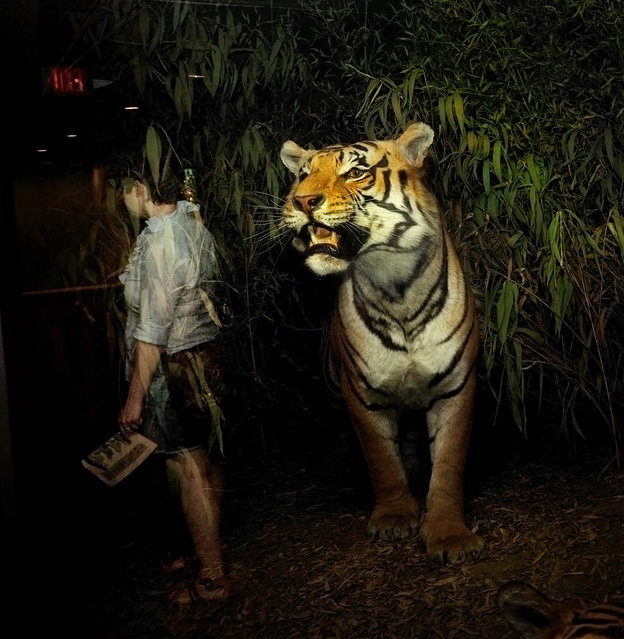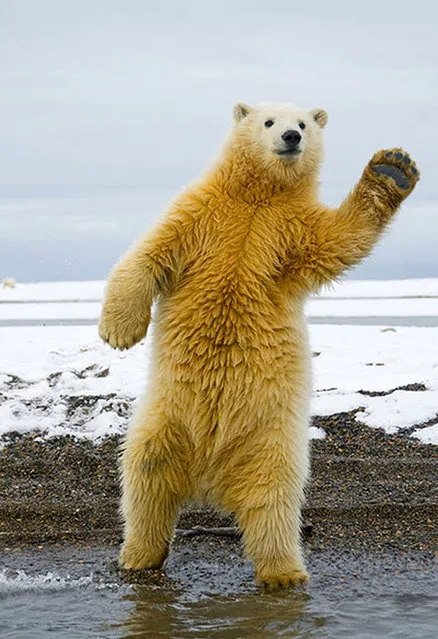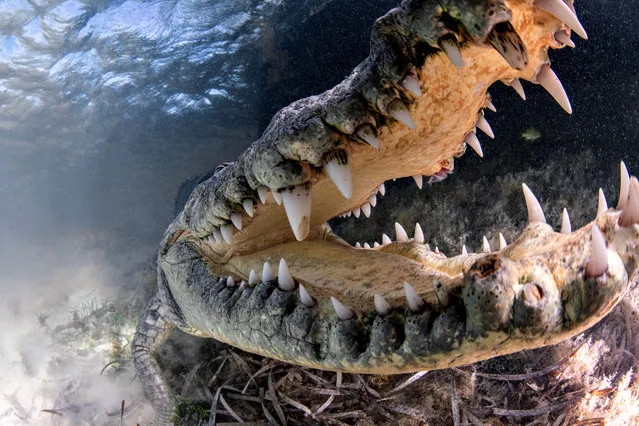
Women take part in an annual block party known as “Banda do Candinho e Mulatas” (Candinho Band and Mulatto Women), during carnival festivities at Bixiga neighbourhood in Sao Paulo, Brazil February 7, 2018. (Photo by Nacho Doce/Reuters)
09 Feb 2018 08:08:00,post received
0 comments







